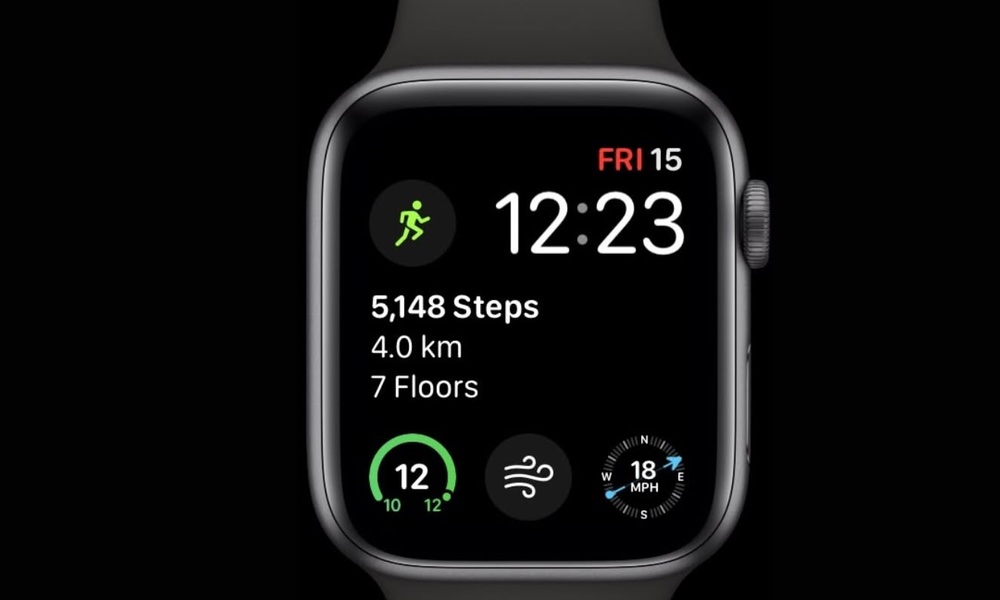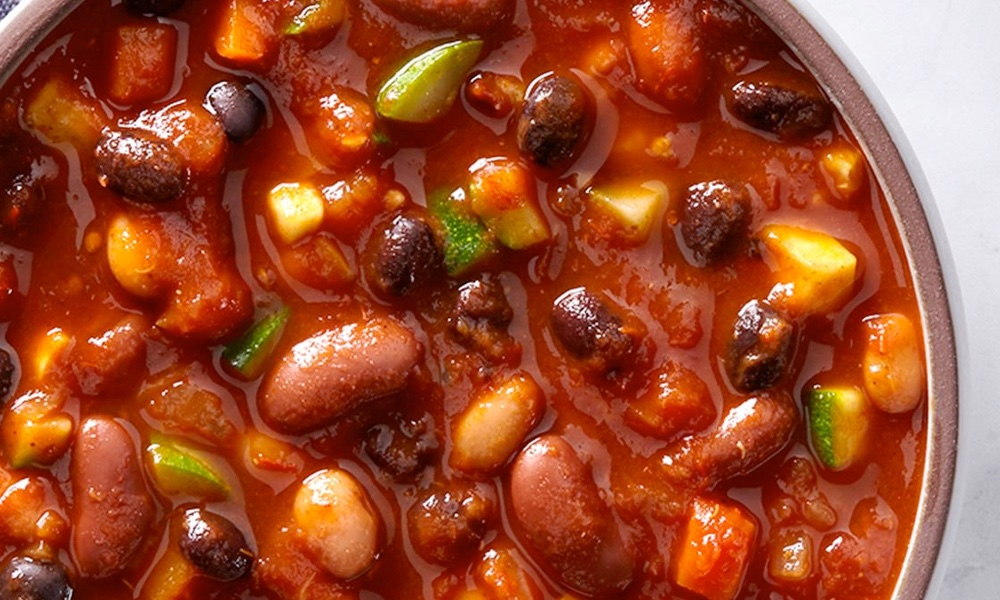A startling new study, presented at the November 2008 American Heart Association conference, suggests that the vascular "age" of obese children may be similar to that of middle−aged adults, based on the amount of plaque build−up in their arteries and other risk factors.
Researchers at the University of Missouri Kansas City School of Medicine and Children's Mercy Hospital used ultrasound to assess the health of the carotid arteries of 70 children, whose average age was 13. Most of the subjects were obese. The carotid arteries run up the neck, carrying blood from the heart to the brain. The researchers found that the amount of plaque build−up on the inside of the children's arteries was similar to that which would be expected for a middle−aged person.
The researchers found that the amount of plaque build−up on the inside of the children's arteries was similar to that which would be expected for a middle−aged person.
The build−up of plaque in the arteries, also known as atherosclerosis, narrows the diameter of the vessels, which constricts blood flow. Atherosclerosis puts an individual at higher risk for heart disease, including heart attack and stroke.
Additionally, the levels of "good" cholesterol (high−density lipoprotein) were low, while levels of "bad" cholesterol (low−density lipoprotein) were high in the obese children. Triglyceride levels — fats circulating in the blood — were also high in many children.
There is good news, however: in children, the plaques found in the blood vessels are not hardened as they are in adults, so the condition could be easier to reverse. Raghuveer underlines that it will be important for the children to lose weight and add more exercise to their routines, which will work to decrease their vascular "age." She is, though, "optimistic that something can be done... We can improve the vessel walls and blood flow in adults through treatment, and I'm sure we can help children even more."




